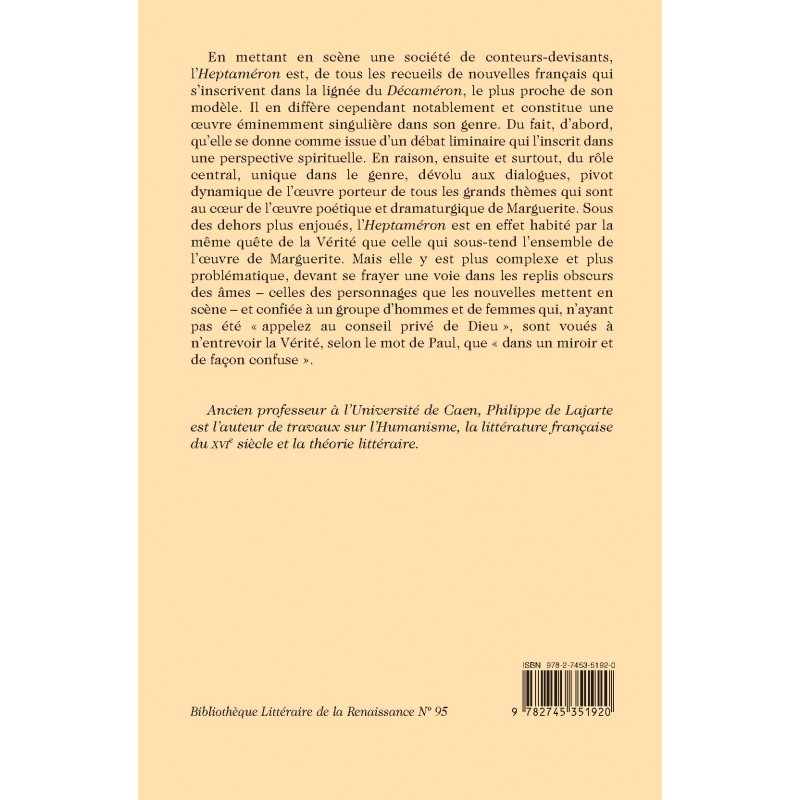

The story is about a young woman in the village of Cherves who has become infamous for being pregnant despite swearing she was a virgin and had no idea how the pregnancy came to pass. Or perhaps, not there are a lot of stories about wicked priests being told within this abbey by these stranded travelers. Novel XXXIII is perhaps the most abominable story about priests who engage in lewd and lascivious behavior. The consensus has long been that Oisille is based on Marguerite of Navarre’s own mother, Louise of Savoy. A widow, she is also described as being the oldest and the wisest of the stranded travelers who share stories. Oisille is an important narrator because it is she who generally guides the others in pursuing a particular theme in the stories they tell with each new day. This story is representative of the theme of deception in romance that pervades the tales regardless of the narrator. Except that when the time comes for actual consummation, it is Bonnivet in disguise at the Italian. His method of duplicity-one of many in the stories being told-is to teach the Italian man that the lady loves the art of seduction so that he can finally wrangle her into bed. Novel XIV is a pretty unlikely tale of the revenge enacted by a Frenchman named Bonnivet against a young Italian woman. This story is rather tame in the way it pursues a recurring motif situating Franciscans as an order of monks to be avoided because of a bad reputation. The central character of Novel XI, titled “A Nasty Adventure which befell Madam De Roncex at the Franciscan Monastery of Thouars.” Her story is quite befitting the title and among the shortest of all the tales in the collection, having to do with a trip to the outhouse, confusion by a young attending woman whose head has been filled with stories of the sexual perversion of Franciscans and a misunderstanding that ultimately results in laughter by all. She is especially important among the narrators not so much because of the stories she tells, but because she is the character whom the author, Marguerite of Navarre avowed she should be most closely identified.


She is also married to another of the narrator, Hircan, and the object of unrequited love by another, Somintault. Parlamente is one of the narrators of the various tales which comprised the volume. We are thankful for their contributions and encourage you to make your own. However, she differs from Boccaccio in the genuine “disputes” she provides after each tale that consider the contradictory nature of the human soul.These notes were contributed by members of the GradeSaver community. Abstract: The frame narrative of the Heptaméron places the work of Marguerite de Navarre in a lineage with Boccaccio’s Decameron: ten characters take refuge in an abbey and share stories.


 0 kommentar(er)
0 kommentar(er)
